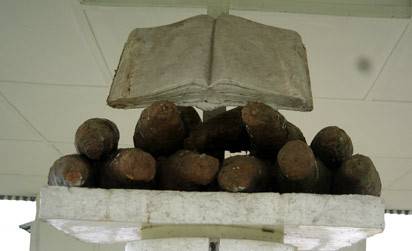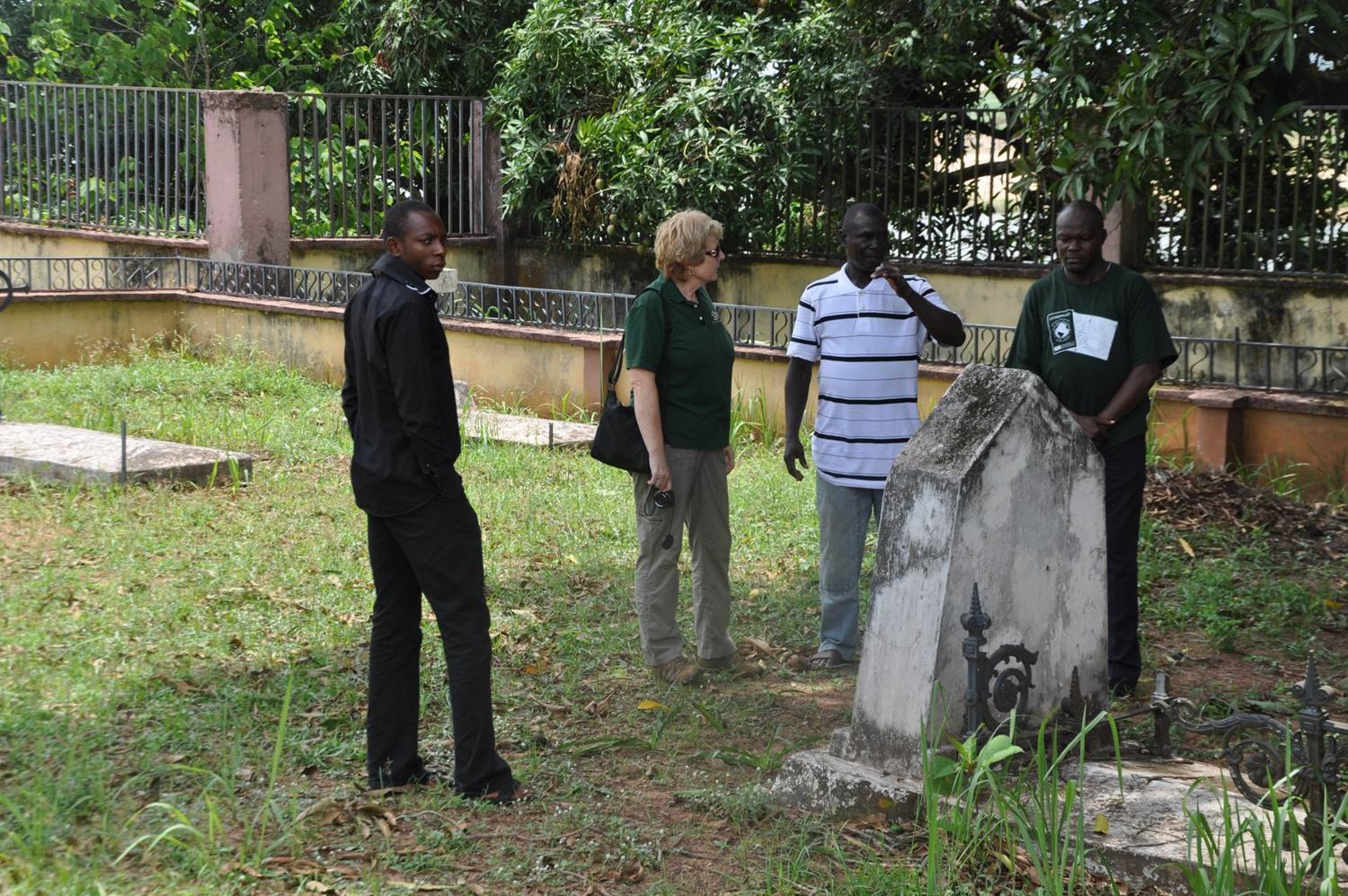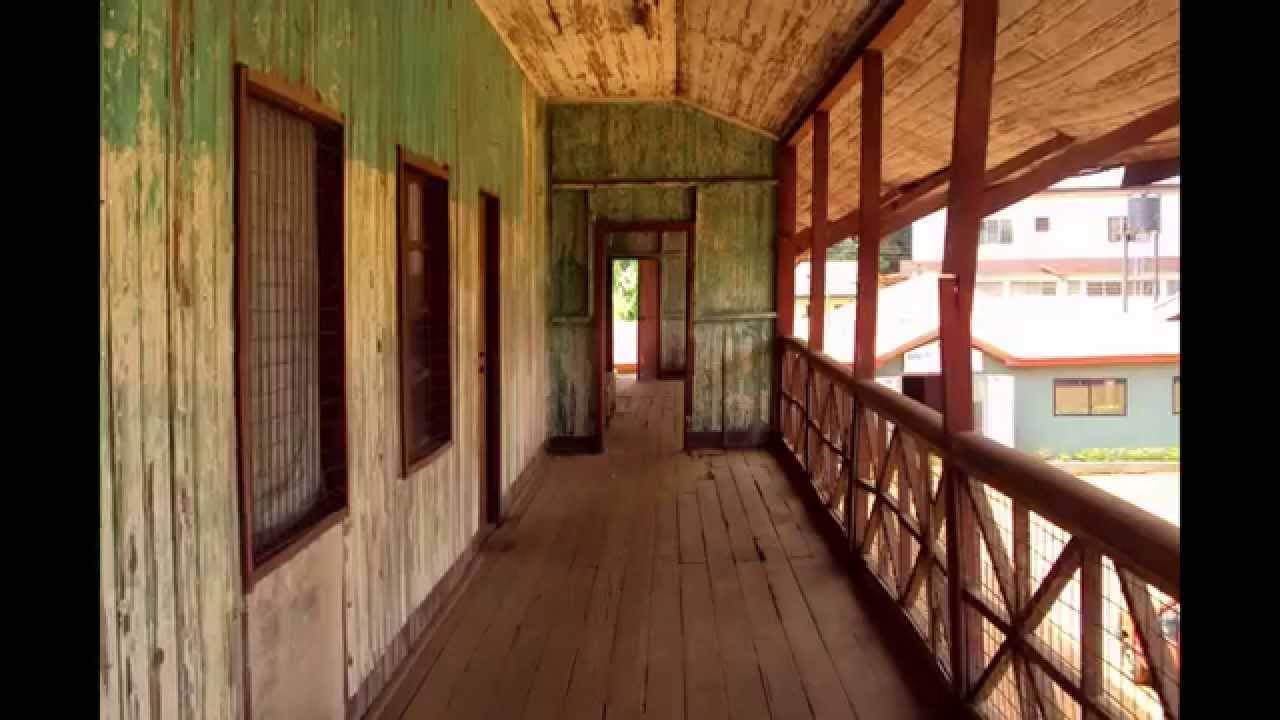Hotels.ng Blog
Explore the Best Places in Delta
Search through 3 great places of interest and tourist attractions in Delta

Recommended
-

Bible Site, Araya
Attracting many Christian pilgrims, especially during the Easter season, a copy of the Holy Bible ... Hotels.ng . 02 May 2017 -

Expatriates Graves, Asaba
A reminder of British colonial presence in Asaba, the Expatriate Graveyard is the resting place of... Hotels.ng . 02 May 2017 -

Mungo Park House
Built to commemorate the famous explorer Mungo Park, this structure was the first government house... Hotels.ng . 02 May 2017
Explore More Places in Delta
-

Bible Site, Araya
Attracting many Christian pilgrims, especially during the Easter season, a copy of the Holy Bible ... Hotels.ng . 02 May 2017 -

Expatriates Graves, Asaba
A reminder of British colonial presence in Asaba, the Expatriate Graveyard is the resting place of... Hotels.ng . 02 May 2017 -

Mungo Park House
Built to commemorate the famous explorer Mungo Park, this structure was the first government house... Hotels.ng . 02 May 2017
